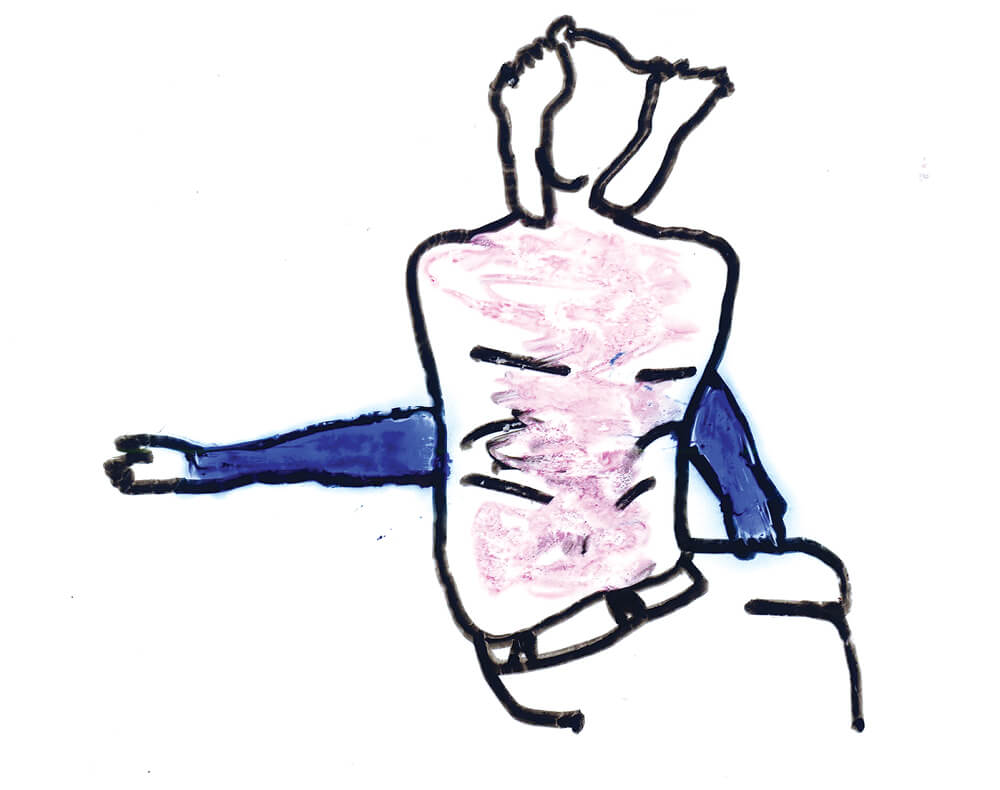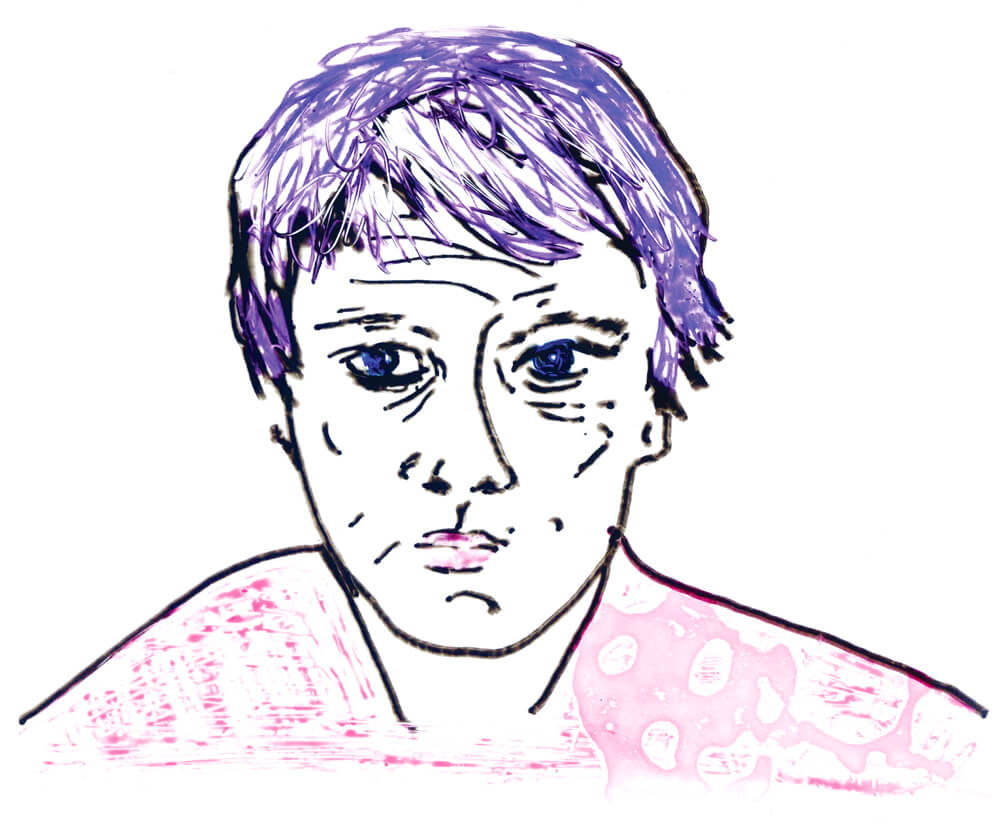Paris, 27 February 2016
Dear Pier Paolo,
Here I am in Paris, in the Café Rostand, surrounded by writers. I just had a conversation with the woman to my left, whom I don’t know, and who, like me, is attempting to write. She spoke of her passion for the German language which devours her and has prevented her from writing these past two years. I don’t feel the need to blend in any further – I’ve ended the conversation, and now I’ll turn to you.
When it comes down to it, I don’t really know your work in depth. And yet you’ve been a close presence alongside my work for a long time. I carry the images from your films inside me, and from many of your writings as well – but the essential thing that remains with me is your vision. Is this what it means, to have style? In photos of you, you wear tinted glasses, and I think to myself, it’s through these lenses that you see the world.
I’d like to talk about your film Teorema (1968), a film that has played a central role in my artistic research. I must have seen it six times (probably more), and in spite of this I don’t remember whether it was at a specific moment or cumulatively, over time, that it had its impact. Teoremabrought unanticipated illumination to my research on asynchrony, causing the emergence of a concept-metaphor that I call “the pebble.” I will come back to this notion, but first I wanted to thank you for this film that has had such a strong impact on my work.
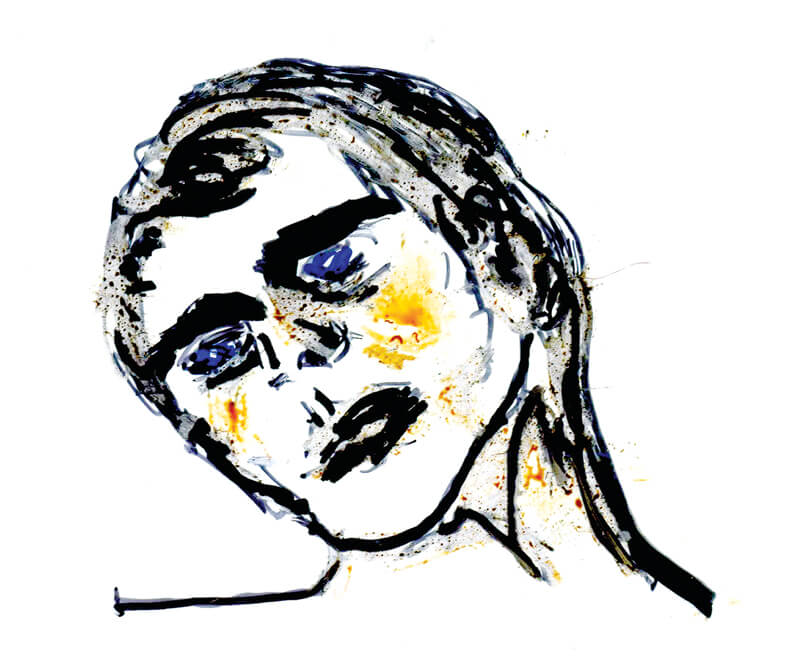
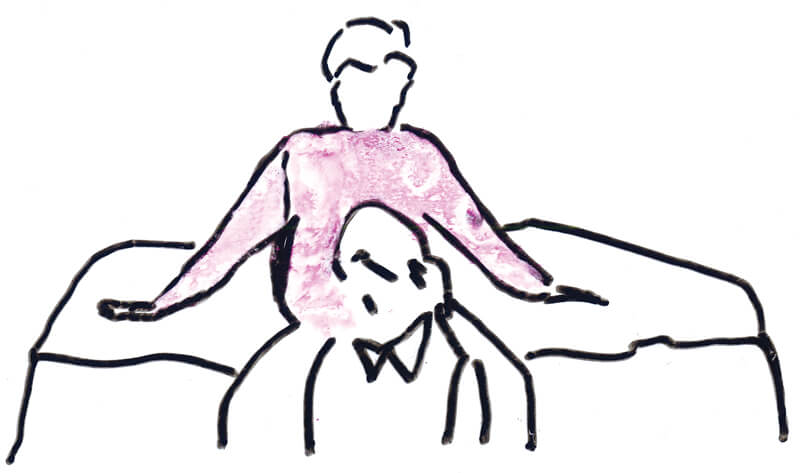
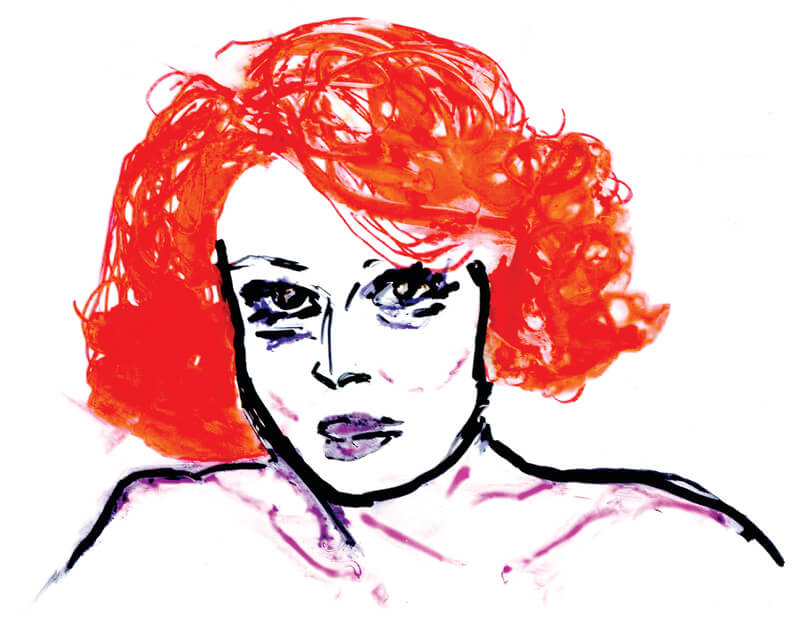
Pebble , anachronic pebble
The Visitor is a pebble, an “out-of-the-blue” element that shakes furtively the life of each member of a family. Not knowing where this character is coming from, his biography, or his motivations add tension and attention, almost like in a suspense film where the danger is in each of the characters
First part on dailymotion: https://www.dailymotion.com/video/x72eaed
The Visitor 04’40”
Meteorite body
This work of Pier Paolo Pasolini offers an insight into the relationship between the pebble, the rectangle and what I call the meteorite body. This meteorite body is first and foremost that of the Visitor passing through the family. Then, over the course of the movie, we see the effect of this body through his intimate encounters with each character. The Visitor-pebble can thus be thought of as a domino effect produced by his physical presence, his meteorite body in a given environment (the rectangle of the house, room…).
How do you shake up a space-time and cause it to become asynchronous? A simple detail – a little pebble – will suffice. For example, the unexpected arrival of something or someone who suddenly upsets the course of things. But why would we try to shake things up in this way, you ask? and I reply, in order to perceive. If space, and images – most everything, really – are to remain alive, and thus perceptible, the space must be disrupted – even destroyed.
I do this in different ways in my own creative projects. For example, in my choreographic piece Out of Grace, I use the body, sound, and light to produce little “accidents” that come to disturb viewers in their visit to the gallery. A viewer who is looking at a work in a gallery room will suddenly see the lighting level change, hear a sound, or might even see a dancer – whom they hadn’t noticed – fall down somewhere near them and then get up again. These interventions last anything from a couple of seconds to a minute, and happen either separately or simultaneously.
The character of the Visitor played by Terence Stamp in Teorema is the best example of a pebble I’ve ever seen in a film. He incarnates the very essence of the asynchronic character. And I wonder if, unbeknownst to me, Teoremais not present in most of my works, in this disruptive detail?
This nameless Visitor, who turns up from who knows where, transforms each member of the upper-class Milanese family in your story. When they come into contact with him, each one has a revelation and is forever transformed. And then the stranger leaves as suddenly and mysteriously as he came. He’s a pebble in the family dynamic. Before the arrival of the Visitor, the family members were rolling along just fine, living their tidy and predictable life.
It’s only recently that I realized why I had watched Teorema so often: the Visitor allows us to see and access the inner story of each character. Your character-pebble moves through a space, upsets it, and allows it to be “saved.” Without this, the story would have been predictable and mundane. Through him, we access something that was hidden before, invisible, and unexpected.
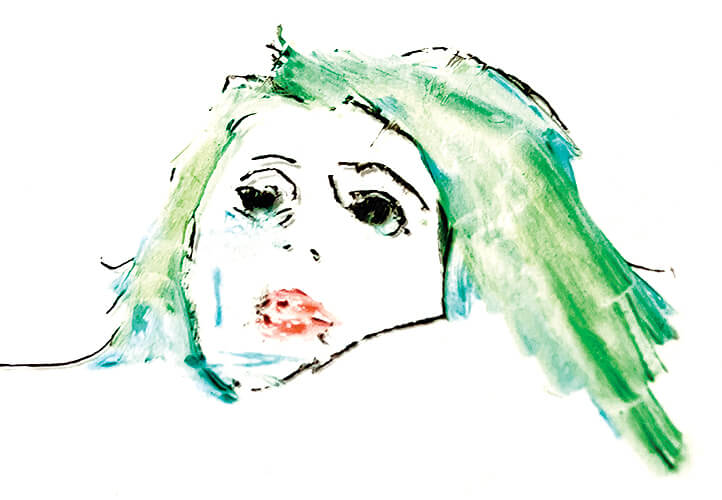
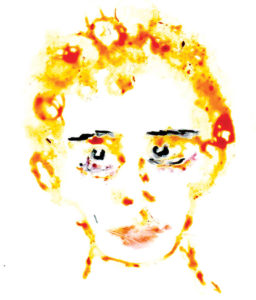
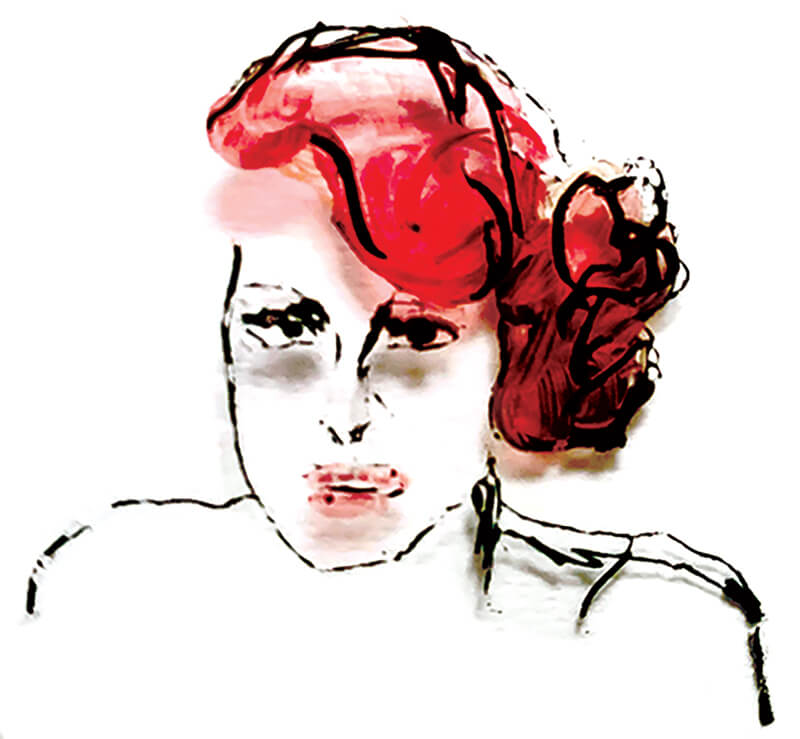
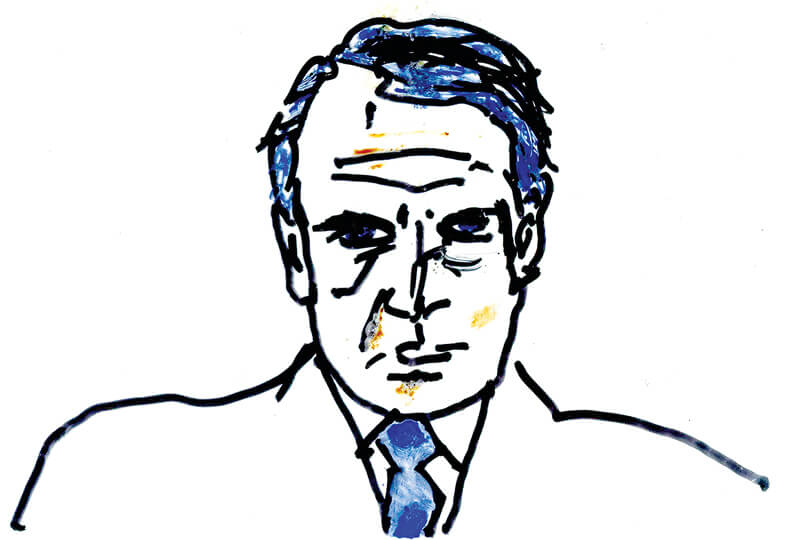
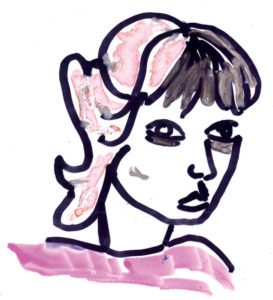
The pebble allows several dramatic registers to emerge: political, poetic, psychological… and necessarily acts on the whole dramaturgy of the film.
Excerpts with each character
First part on dailymotion: https://www.dailymotion.com/video/x72eaed
Emilia, the maid 8’54”–14’00”
Pietro, the son 14’31”–18’17” and from 27’45”
Lucia, the mother 19’18”–23’46”
Paolo, the father 29’53”–32’13”
Odetta, the daughter 32’22”–35’29”
This mysterious out-of-the-frame Visitor – a character without a history or a name – gives us access to poetry, to the intimate, unembellished reality of the characters he meets. I would never have thought I would use the word “poetry” – but it fits because an unexpected, irrational change happens for each of the characters in the story. In Teorema the poetry happens through the Visitor, but also through our own imagination as spectators, waiting, as in a suspense film, for the transformation that each protagonist will undergo.
The pebble takes many different forms in your work. I’m thinking now of your film Salò o le 120 giornate di Sodoma (1976) – how could I have forgotten? This work shook up my quiet life when I was still a young student.
Power, fascism, human monstrosity – In Salò, a wide variety of pebbles disrupts everything that might be called human dignity. And these pebbles multiply and accumulate, expressing all the intensity of violence and of excess, in scenes of torture, rape, murder, or coprophagia… Like you, I use pebbles in my work to disrupt things, but the intensity is nowhere near that of Salò.
I still remember the fight I had with my boyfriend when Salò came out. I hated your film, and hated my boyfriend too, for having taken me to the movies that night. The atrocious torture scenes had shocked and rattled me deeply. I had NEVER seen images like that on screen. We left before the end of the film – I couldn’t take it anymore. The walk home felt endless. I don’t think I’ve managed to watch Salò right to the end since then, but now it’s for very different reasons. Now it’s not Salò that I hate, but “les salauds,” the bastards in the film.
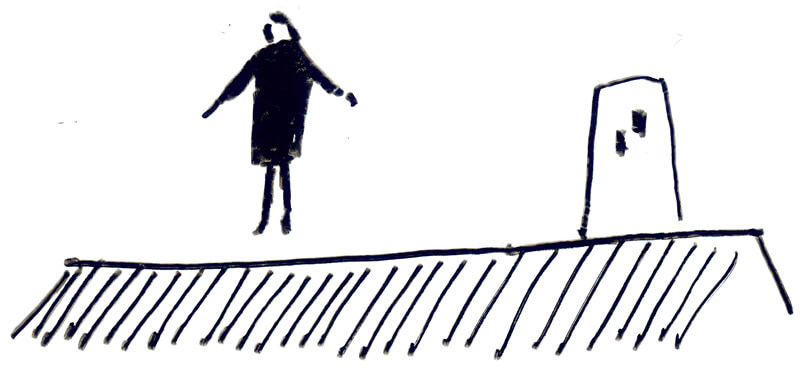
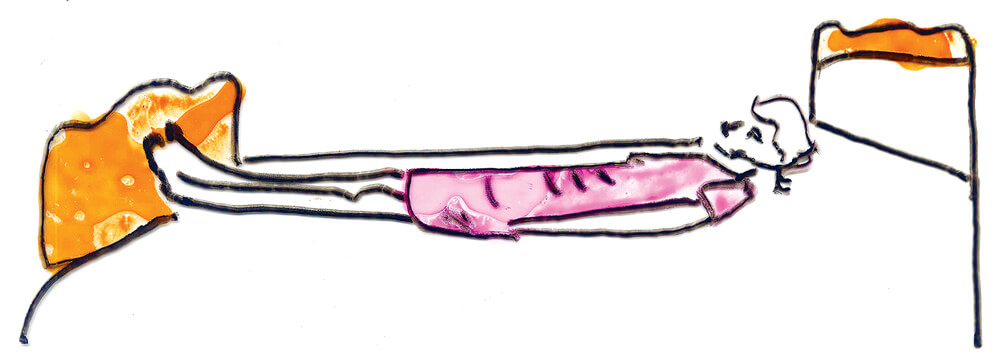
In the middle of the film, at around 45’47”, the Visitor leaves the family.
Then begins the second part, where we follow each character dealing with the deep effect of the Visitor in their life.
Each character will be transformed forever.
Second part on dailymotion: https://www.dailymotion.com/video/x72e1pb
The servant, Emilia, and the family’s daughter, Odetta, both experience deep down in their body a shock after their brief relation with the Visitor. Emilia falls into an ecstatic state and performs a miracle on a young child as Odetta, the daughter, withdraws into catatonia. Pietro, the son, paints in liberated pleasure. Lucia, the mother, lives her crisis in a solitude masked by relationships with young strangers. In the last 10 minutes of the movie, we see the father, Paolo, going through his own crisis, seeming to strip himself of his identity.
(A song by Chaka Khan comes on at the Café Olimpico in Montreal, where I sit revising this text in May 2016. “Ain’t nobody, Loves me better, Make me happy, Makes me feel this way, Ain’t nobody…”).
Back at the Café Rostand, 27 February 2016. I turn to look around. On my left, a lady in a large black cardigan – an Italian woman from one of your films, why not. In front of her, a little bouquet of dried flowers she has placed on the table. And I remember the character of Laura Betti, your dear friend, who plays the servant in Teorema, and I think to myself that this lady beside me is her, this is Laura Betti.
Nothing happens in a straight line. Your work, Pier Paolo, presents us with pebbles as chances for change, that allow us to get hold of ourselves. Teorema frees the characters from their synchronization with the world and reminds us that we are desynchronized beings. In Salò, the words and the violence of the images lead us, the viewers, to desynchronize ourselves from something we don’t want to be part of.
Dear Pier Paolo, I feel an urge to imagine you playing the organ in a little church somewhere in the countryside, pockets full of pebbles, with the crow from Uccellacci e uccellini (1966) at your feet and Toto by your side. Grazie mille, Pier Paolo Pasolini.
Lynda
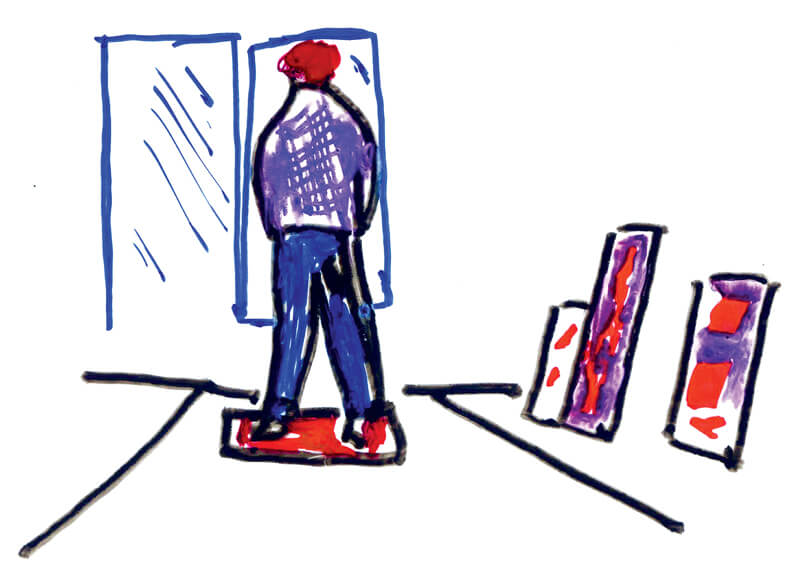
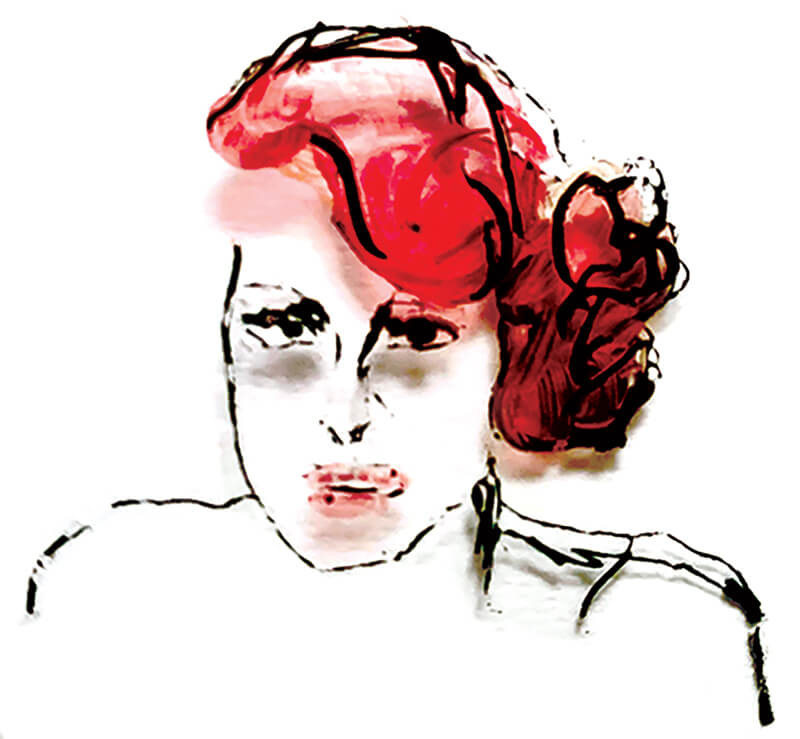
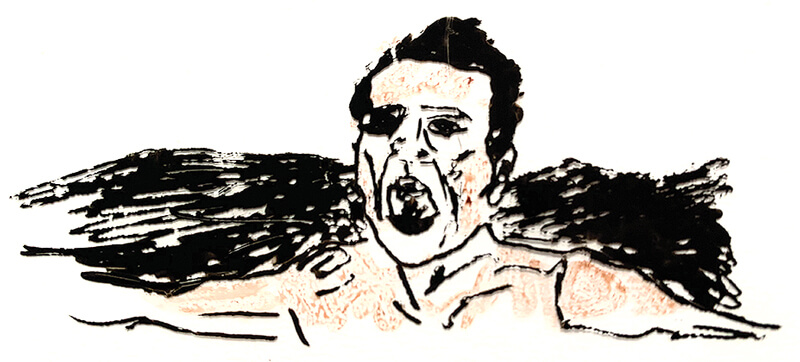
Pietro 14’53”–16’18”
Odetta 08’30″–11’07”
Emilia 13’35”–14’50”
Lucia 27’28”–28’16”
Paolo 37’47” +
